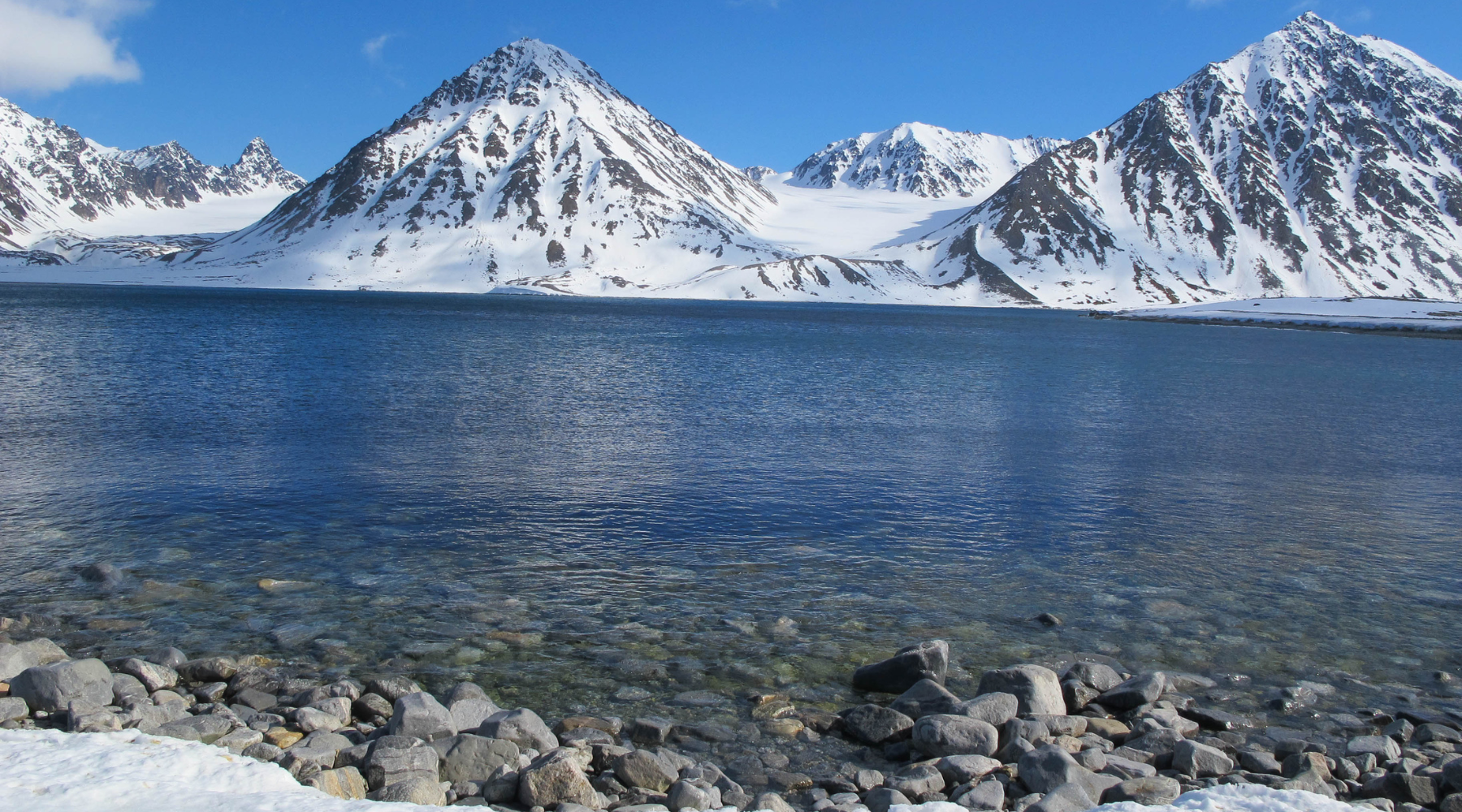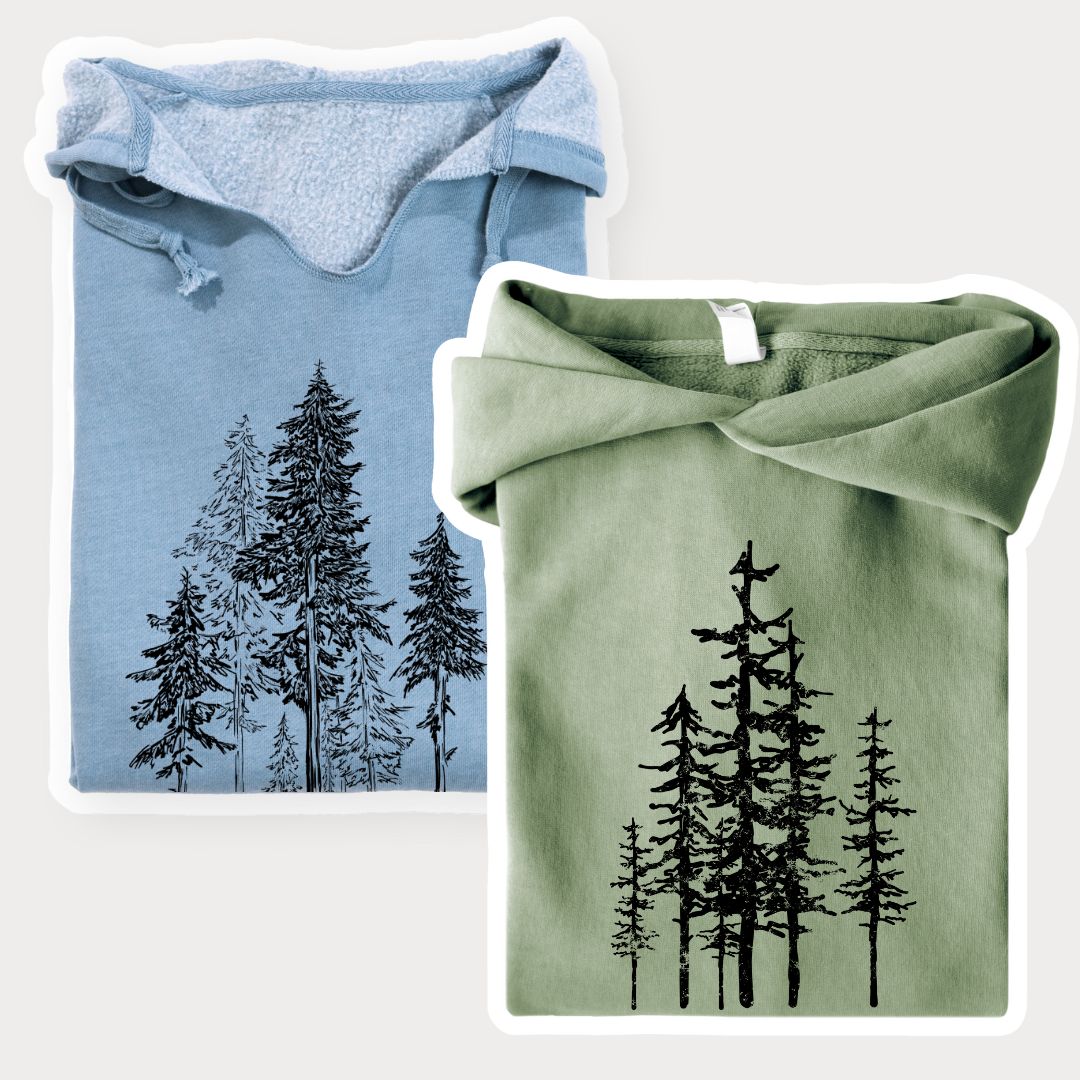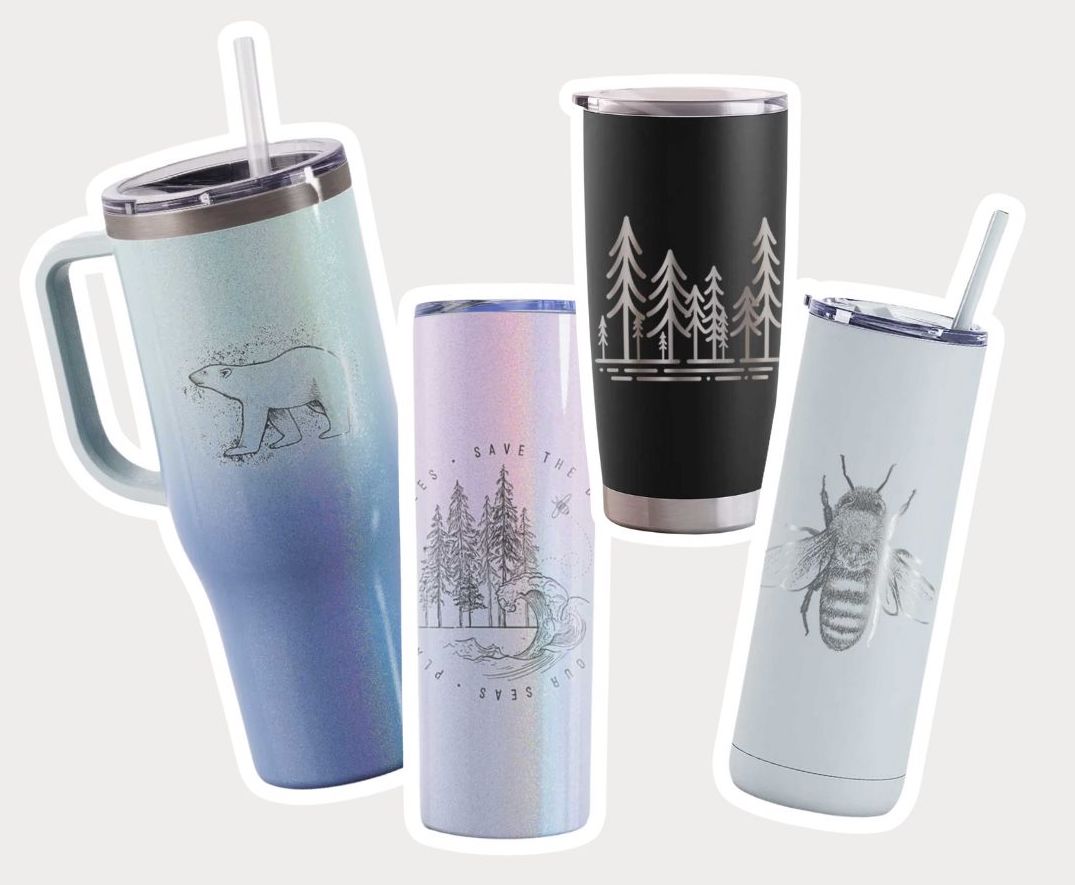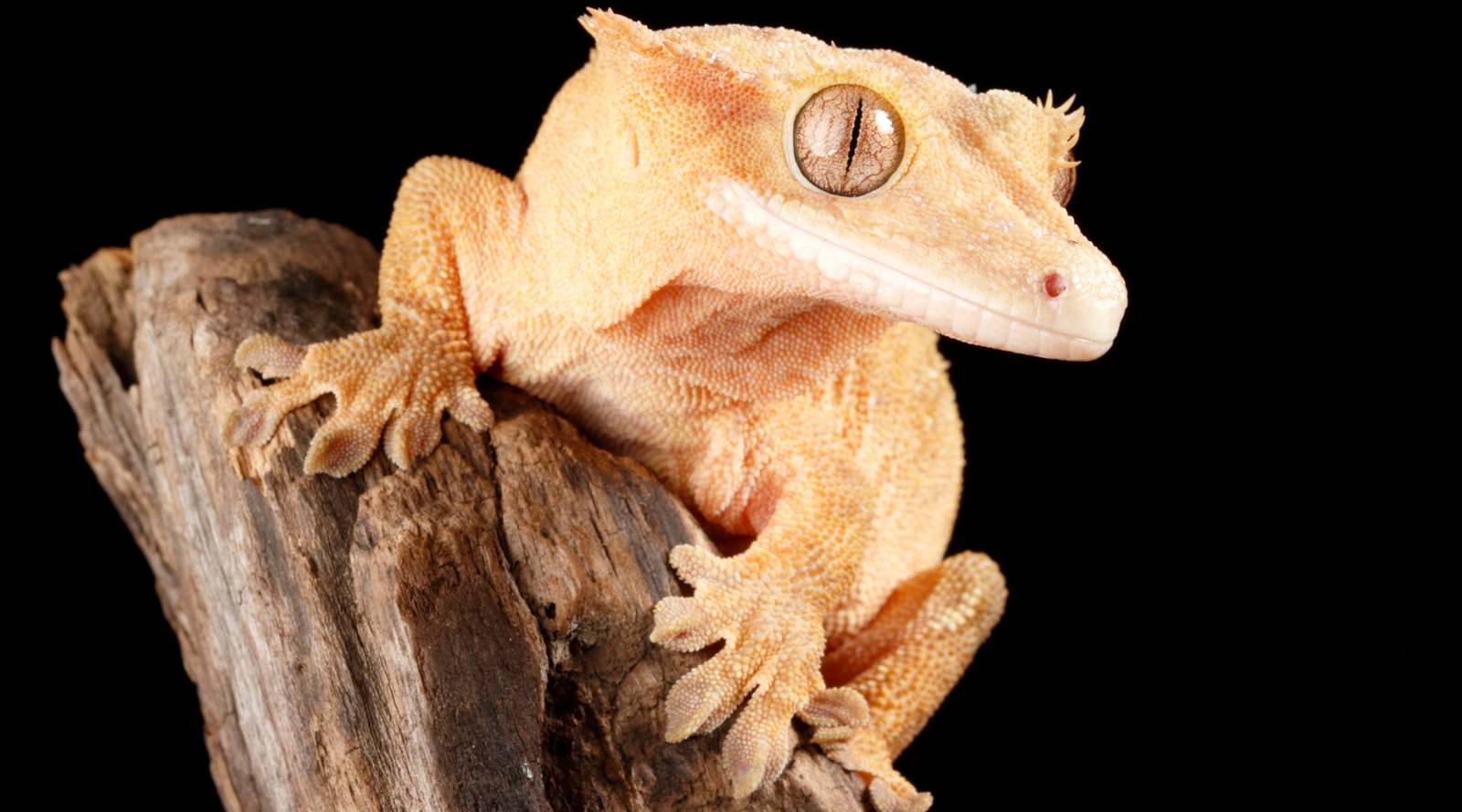What Separates the Seas?
Do we have more than one ocean? What separates the seas? If you look at a map, you’ll quickly see that no hard boundaries separate the oceans. Unlike some international and national boundaries noted by geographical features, oceans are separated in a somewhat arbitrary way. Water is free-flowing. It’s not like the water molecules of the Indian ocean are bound to the Indian ocean. So what is the deal with all these oceans and why can’t they just be one big one? Let's find out!

Why Are The Seas Separated?
Technically all oceans and seas across the planet are actually connected and form one extremely large body of water. Our oceans and seas hold approximately 97% of Earth's water and they're home to over 230,000 marine creatures, from sharks and orcas, to turtles and sea otters.
It turns out, the reason for having different oceans is primarily practical - we've sectioned off these bodies of water mostly so we can reference them easier. It began with cartographers (map-makers, not people who photograph shopping carts). People have an intrinsic need to label things in order to classify them and create a common point of reference that everyone will be able to understand. Naming the oceans is a solution that doesn’t require people to use latitude and longitude every time they want to refer to a general area of the ocean.
What Are The 5 Oceans?
Nowadays there are 5 different oceans that you’ll commonly see on a map:
- Indian Ocean
- Atlantic Ocean
- Pacific Ocean
- Arctic Ocean
- Southern or Antarctic Ocean
Arctic and Southern Oceans
The Arctic and Southern Oceans are the bread of this ocean sandwich. They're located at the north and south poles of the world and they're the two smallest oceans.

Indian Ocean
Next is the Indian Ocean that resides in the gulf that borders East Africa, Southern Asia, and Oceania. It covers almost 20% of the earth’s surface and is the warmest ocean.
Atlantic Ocean
The next largest ocean is the Atlantic, which covers just over 20% of the earth’s surface and borders the Eastern Americas, Europe, and West Africa. It's considered to be the saltiest ocean on earth and also the youngest.
The Atlantic Ocean is growing at a rate of approximately 1.6 inches per year, which is causing the Pacific Ocean to shrink.

Pacific Ocean
The last ocean on the list is certainly not the least, in fact, quite the opposite. The stats for this ocean are pretty impressive.
The Pacific Ocean is the largest and deepest ocean on the planet, covering just over 30% of the earth’s surface. Measuring more than 155 million square kilometers, this ocean is larger than the landmass of all continents combined. As previously mentioned, it's shrinking each year, but it will be a long time before it loses its status as the biggest ocean around!
All of earth’s oceans feed into one another and together they make a single body of water, but each still manages to have key distinguishing factors. Find out more about them to enjoy the natural wonders this world has to offer, and shop our Seas Collection to show off your love for the seas and the creatures that live there.
















Leave a comment (all fields required)